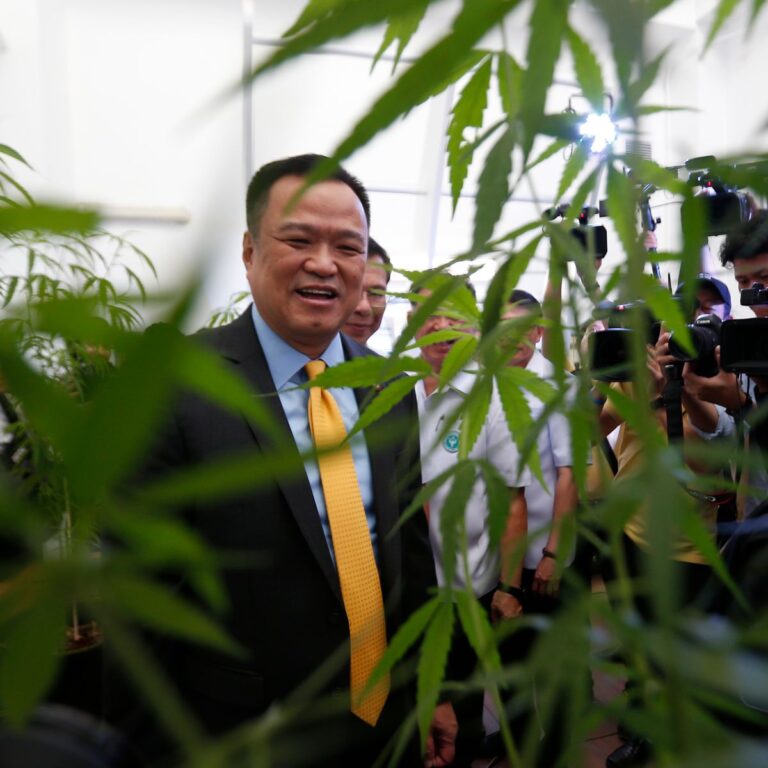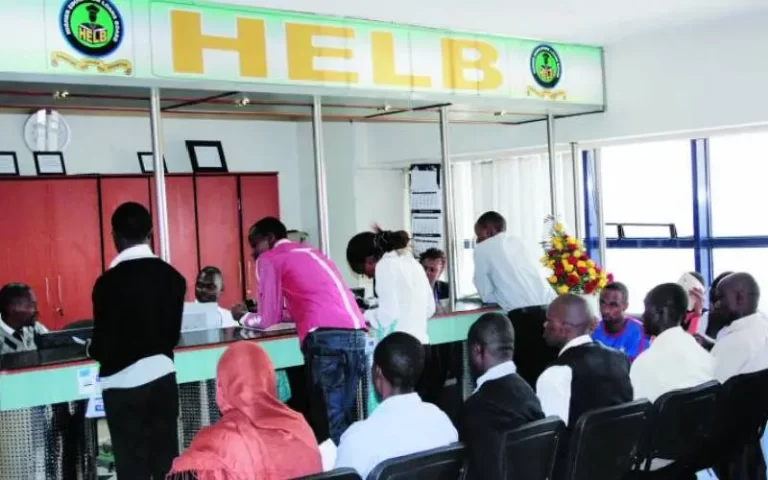- TAIWAN TO RESPOND WITH ITS OWN DRILLS
- TAIWAN MILITARY BUILT ON DEFENSIVE THEORY
- CHINA HAS THE 2ND LARGEST NAVY IN THE WORLD
- BOTH CHINA AND TAIWAN MANUFACTURE FIGHTER JETS
China and Taiwan have announced more military drills in the seas and airspace around Taiwan, a day after the scheduled end of Chinese exercises launched in protest against US House Speaker Nancy Pelosi’s visit to the self-ruled island. Taiwan’s drills will be in response to China’s.
China’s Eastern Theatre Command said on Monday that it would conduct joint drills focusing on anti-submarine and sea assault operations – confirming the fears of some security analysts and diplomats that Beijing would continue to maintain pressure on Taiwan’s defenses. In poking the hornets’ nest and enraging Beijing, which claims the self-governing island as its territory, Pelosi deepened a rupture between the world’s two most powerful countries – and may have hurt the very cause she was seeking to promote.
Pelosi’s visit to Taiwan last week enraged China, who responded with test launches of ballistic missiles over Taipei for the first time, as well as cutting some communication lines with Washington. The duration and precise location of the latest drills were not yet known, but Taiwan has already eased flight restrictions near the six zones where China had carried out its previous exercises.

Shortly before the latest drills were announced, Taiwan President Tsai Ing-wen met visiting St Vincent and the Grenadines Prime Minister Ralph Gonsalves, telling him she was moved by his determination to visit despite China’s military pressure.
“Prime Minister Gonsalves has expressed in recent days that the Chinese military drills would not prevent him from visiting friends in Taiwan. These statements have deeply touched us,” Tsai said at a welcome ceremony for Gonsalves in Taipei.
TAIWAN MILLITARY ON HIGH ALERT
Beyond the firing of 11 short-range ballistic missiles during the four earlier days of exercises, Chinese warships, fighter jets and drones manoeuvred extensively around the island. The exercises tested “tactics of systems warfare under information-based conditions, and honed and improved the capabilities to destroy crucial island targets with precision strikes”, as quoted by Chinese Air force officer Zhang Zhi .
Taiwan’s defence ministry said on Sunday that it detected a total of 66 aircraft and 14 warships conducting naval and air exercises. The island has responded by putting its military on alert and deploying ships, planes and other assets to monitor Chinese aircraft, ships and drones that are “simulating strikes” on the island of Taiwan. Shortly before those drills ended on Sunday, about 10 warships each from China and Taiwan manouvred at close range around the unofficial median line of the Taiwan Strait.
The island’s official Central News Agency meanwhile reported that Taiwan’s army will conduct live-fire artillery drills in southern Pingtung County on Tuesday and Thursday in response to the Chinese drills. The drills will include snipers, combat vehicles, armoured vehicles as well as attack helicopters, said the report, which cited an anonymous source.
In Beijing, the Chinese defence ministry maintained its diplomatic pressure on the United States, defending its shelving of military-to-military talks in protest against Pelosi’s visit.

“The current tense situation in the Taiwan Strait is entirely provoked and created by the US side on its own initiative, and the US side must bear full responsibility and serious consequences for this,” said defence ministry spokesman Wu Qian. Pentagon, State Department and White House officials condemned China’s responses, describing it as an irresponsible overreaction. Security analysts and diplomats also say China’s cutting off some of its few communication lines at a critical moment only raises the risk of an accidental escalation over Taiwan.
DAVID AND GOLIATH SCENARIO
Taiwan’s disadvantage to China is its relatively small size , population and much smaller economy hence making Taiwan unable to compete with China in the quantity of equipment being produced. The size of Taiwan’s millitary is a drop in the ocean compared to China’s. All isn’t lost however.
There are some factors playing into Taiwan’s side.Taiwan’s military is built entirely for defense, and for a defense from a Chinese attack. Meaning all of Taiwan’s military will be used for such an operation (where as China can only feasibly use a portion of their military for it’s attempted invasion, that being the invasion forces and offensive forces).
China originally built a defensive military, after the PRC came to power, however China has shifted also to offensive and power projecting ideologies within the past 20 years.

Additionally, home base advantage is where you have your entire military in the area (your own country), and where the invader has the role of trying to move large chunks of their military into your land, resulting in many opportunities for ambush from the defending country. Remember Taiwan is an Island nation.
Taiwan has done an amazing job for the GDP and population size of the country.
Taiwan has it’s own missile program ,
Taiwan produced it’s own domestic jets ,
Taiwan has it’s own domestic tanks and all sorts of other millitary gadgets.
Taiwan’s military is powerful in relation to the size of Taiwan. Taiwan’s military is powerful in an anti-invasion defense aspect because it was purposely built for that.
What you would see if China did try an invasion, is something similar to the Ukraine war. China would be shocked at how many ships and aircraft it would lose against Taiwan’s forces. But it is true that China would start winning eventually, because the fact is that China could send more and more forces and keep rebuilding it’s forces at a fast rate whereas Taiwan would run out of forces and would lack the industrial capacity to rebuild them in the timely manner that they would be needed.
The Taiwan Air Force has about 70,000 personnel and over 400 combat aircraft. The current inventory includes approximately 180 older F-5E/F fighters and over 100 more modern Indigenous Defense Fighters (IDFs). A good number of 4/5th generation fighter jets in Taiwan’s possesion are U.S.A. models.
However, because of Japan, USA, and other countries, China has decided it’s not smart for China to attempt an invasion. China’s President Xi would make a foolish mistake to start a war now, especially when the U.S. and allies are at a heightened state of alert. He might launch some missiles, launch a large number of military aircraft, and some other symbolic actions, but not a war.
A total of 57 U.S. Navy ships have been deployed to the 7th Fleet, and that is accompanied by the 38 RIMPAC surface ships and four submarines from other nations along with 25,000 allied military personnel nearby.
Included in the 57 U.S. ships are five U.S. Navy flattops, which are able to launch military aircraft, and their associated escorts, such as the USS Ronald Reagan carrier.

























































































